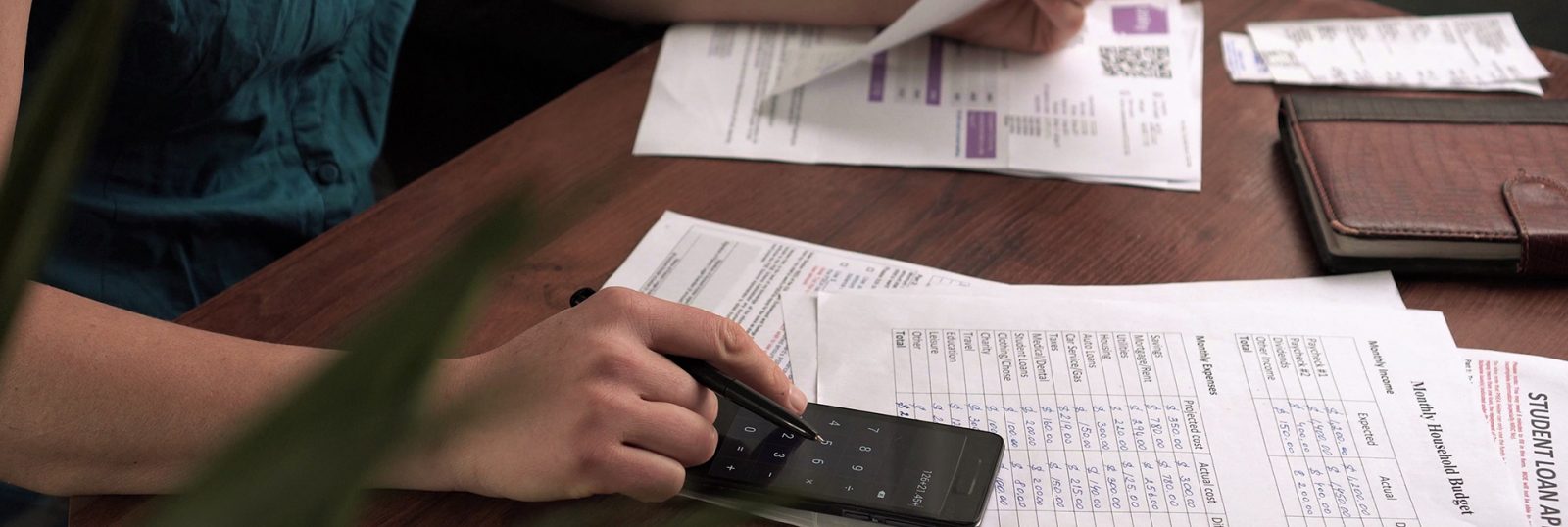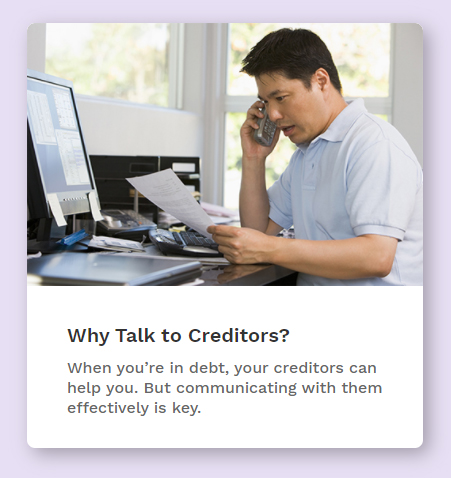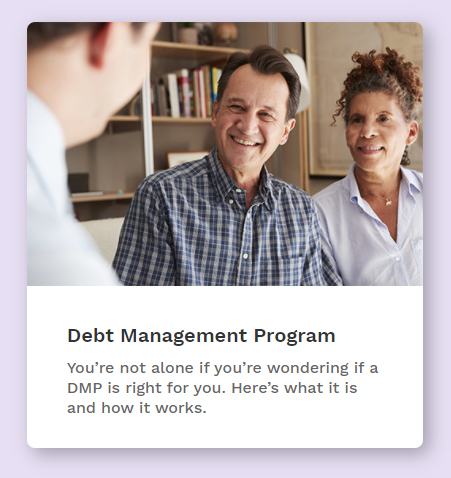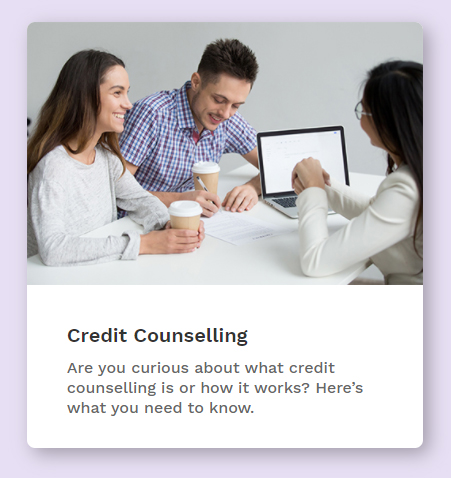Weighing the Pros and Cons of 5 Top Strategies to Pay Off Debt
by Carmen Chan
Do you ever wonder about the top strategies to pay off debt? The path to being debt-free requires dedication, persistence – and most importantly careful planning and strategizing to fit with all of life’s circumstances. When you have credit card debt on multiple accounts and owe many creditors, these debts won’t magically go away. You need to manage outstanding balances, minimum payments, their due dates, and their interest rates every month.
If you’re only tackling a single debt, you’re simply paying your monthly earnings to this one account until it’s paid off. But this isn’t a common scenario at all. Most Canadians grappling with debt are juggling multiple accounts, such as a few credit cards, a line of credit, and personal loans, along with other obligations like a mortgage, car loans, and other fixed expenses that take away from their monthly incomes.
Why Do You Need a Debt Repayment Strategy?
With so many moving parts, you need to choose the debt repayment strategy that works best for you to give you the smoothest path to becoming debt-free. There’s no one-size-fits-all when it comes to a strategy. If you’ve used payment deferrals offered during the coronavirus pandemic, you will want to get back on track as quickly as possible. There are also your personal preferences to consider; some people are highly organized, while others need structure built into their money management to make paying off debt as easy as possible.
Choosing a strategy is key because it’s a concrete plan to guide you and it determines what you do with your debt repayment funds each month. It goes hand-in-hand with your household budget, which determines where you can nip and tuck to scrape together as much money as reasonably possible to pay towards your debts.
Here’s a look at the top debt repayment strategies that consumers use to tackle their debts, how they work and what their advantages and drawbacks are.
1. The Avalanche Method
What is it? With the avalanche method – also known as debt stacking – you’re targeting your debts with the highest interest rates first. As you pay down your debts that rack up the most interest, you’re freeing yourself from excessive interest charges.
How does it work? For starters, you must make the minimum payment on all of your accounts. While you’re focusing on the debts with the highest interest rates, you can’t miss payments on your other debts or you’ll face penalties.
List all of your outstanding debts and their interest rates – once you’ve found the debt with the highest interest rate, put the rest of your funds for debt repayment to this account. Stick to this strategy until the account is paid off and then shift the remaining funds to the account with the second highest interest rate. Keep doing this until all of your debts are paid off.
Pros and cons: The best part of the avalanche method is you’re wiping out the accounts with the highest interest rates first, so you’ll pay less in interest and the cash you’re funnelling towards debt repayments can be applied toward the principle.
The two disadvantages are that you need to manage all of your accounts, ensuring you’re staying on top of making your minimum payments before their due dates, and that you won’t see immediate progress, especially if you need to repay a lot on your accounts with the highest interest rates.
This strategy is nicknamed the avalanche method because it takes some time to build momentum. But as you progress, you’ll eliminate entire accounts, freeing up more cash to put towards the next debt. The results will quickly gain steam.
2. The Snowball Method
What is it? With the snowball method, you’re knocking out your smallest debts first, encouraging you with immediate small wins and giving you momentum to keep up your progress as you eliminate each debt.
How does it work? Just like the avalanche method, you need to make the minimum payments on all of your accounts to protect your standing with creditors and to keep your credit score intact.
List all of your outstanding debts and their balances from the smallest to the largest – once you’ve identified the account with the smallest balance, allocate the rest of your funds for debt repayment to this account. Stick to this strategy until the account is paid off and then shift the remaining funds to the account with the second smallest balance. Keep doing this until all of your debts are paid off.
Pros and cons: Consumers love the snowball method because it gives quick results, which motivates them to keep working towards their goal of wiping out debt completely. As you eliminate each debt, you have one less worry and gain traction to pay more off faster. The snowball method can give your credit score a boost too.
A possible drawback is that you may end up paying more in interest as you’re tackling debts according to outstanding balance and not interest rates. It depends on the type of debts you have, how much you owe, and their interest rates. And, just like the avalanche method, it’s up to you to stay on top of your accounts, payments, and balances too.
3. Balance Transfer
What is it? A balance transfer consolidates all of your credit card debts onto a single credit card with a lower interest rate. You’re paying off your credit cards using another card, but you’ll end up with one single credit card balance to tackle.
How does it work? If you’re offered a low interest rate balance transfer, you would transfer the balance from your other credit cards onto this single card. Some balance transfer credit cards even come with a 0% interest rate for an introductory period so you can tackle your debts interest-free. This could help you save money as you’re not bound to higher interest credit card accounts.
Pros and cons: Balance transfers come with advantages such as no longer needing to juggle multiple accounts to make payments on and evading high interest rates. However, the disadvantages can be costly. You’ll need to find the right balance transfer credit card, carefully look into the terms and conditions, and maybe pay a balance transfer fee too. Do your research because some balance transfer cards come with steep interest rates after your initial grace period and other penalties if you miss payments.
Balance transfers are one of many ways to consolidate your debts, but not the first recommended by our Credit Counsellors. You can also consolidate debt by transferring your debts onto a low interest line of credit or applying for a debt consolidation loan.
4. Debt Management Program
What is it? A Debt Management Program (DMP), also called a debt repayment program, is a voluntary agreement between you, your creditors, and the Credit Counselling Society that helps you get out of debt. It consolidates the payments of your unsecured debts, like your credit cards, payday loans, overdrafts, personal loans, and lines of credit – coming up with a single payment so that you can focus on repaying what you owe. Your creditors support the program by waiving or reducing ongoing interest charges.
How does it work? Working with one of our Credit Counsellors, your DMP allows you to make a single payment each month, and this amount is then distributed to your various creditors. With our help, your creditors will typically reduce or completely eliminate the interest charges on your debts going forward so that you can be debt-free within five years.
Pros and cons: A DMP is a voluntary, rather than legal, arrangement with your creditors and thus helps to protect your privacy. You’re provided with a debt consolidation program with little to no interest. What’s unique about this debt repayment strategy is the hands-on support you receive. You’ll have counselling throughout the process from your Credit Counsellor, providing you with money management tools like budgeting and expense tracking.
A debt management program could impact your credit positively or negatively depending on your individual situation. It comes with a one-time set-up fee of no more than $75, and then a 10% fee for your monthly deposit amounts, up to $75 maximum each month.
5. Debt Settlement
What is it? A debt settlement is when you offer your creditors a lump sum of cash to settle your debt. Once your creditors accept the settlement agreement and the cash, the debt is settled and you no longer owe any funds.
How does it work? You can contact your creditor or creditors yourself and offer them a settlement for cash. Once you come to an agreement in writing, you’ll transfer the payment to them. Once the payment is processed, they will close your files and report the debts as settled.
The other option is to have the Credit Counselling Society work on your behalf to settle your debts. You’ll still be required to have a lump sum of cash available, but we’ll contact your creditors and make your case to settle the debts. If your creditors agree to a settlement, CCS will transfer the funds and finalize your file.
Pros and cons: You have to have a lump sum of money available before you contact your creditors with an offer. Negotiating a debt settlement is time-consuming and stressful. If you choose to settle your debts with our help, we’ll charge you a nominal fee of 15% of your debt (taken out of the amount settled so you don’t owe more money). We only charge 15% if your creditors accept your settlement. If they don’t accept, we don’t charge anything for our services.
Your credit rating takes a beating with debt settlement. If we negotiate a settlement on your behalf, we’ll report your debt as settled on your credit report and give your debts a 7 rating, which will be removed 2 years after the payment was processed (a 7 means that the payment was arranged through a third party). If you settle your debts on your own, you’ll have the lowest rating of 9 and it will remain there for 6-7 years before aging off your file.
How to Choose the Best Strategy to Get Out of Debt
There are so many ways to get out of debt and each path comes with its own set of nuances. If you aren’t sure which strategy will work best for you, but you’re eager to get started, reach out to us. We’re available by toll-free phone, email, or anonymous online chat. There’s no cost to speak with one of our Credit Counsellors and your appointments are confidential, judgment-free zones with no strings attached. Just information, guidance, and someone in your corner when you’re not sure which way to turn. Contact us with your questions – we’re happy to help.







0 Comments